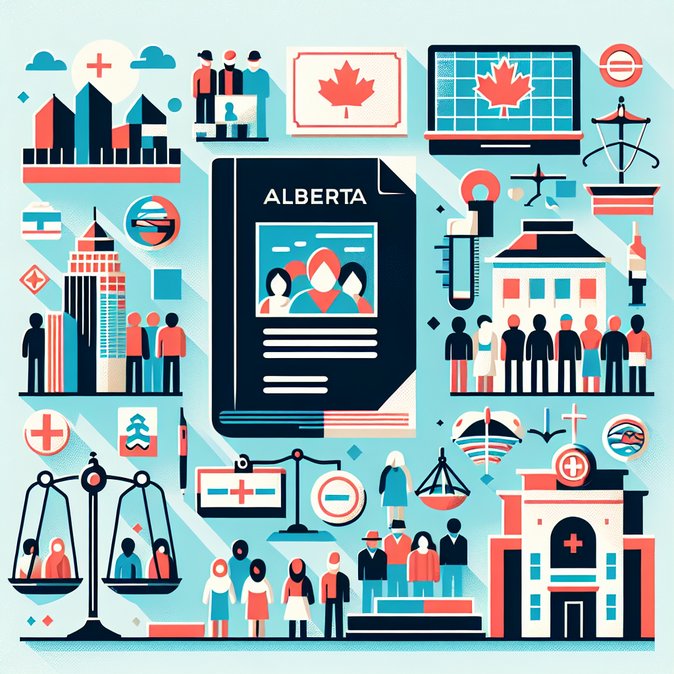
The Alberta Advantage Immigration Program (AAIP) confirmed on 23 November that it invited 1,125 candidates to apply for provincial nomination across two draws held 10 and 14 November—the second-largest combined selection this year. Of the total, 1,045 invitations went to Temporary Foreign Workers already employed in Alberta under the Opportunity Stream, while 80 were reserved for Express Entry candidates with health-care experience. Minimum provincial scores fell to 55 and 52 points respectively, signalling continued demand in the province’s hospitals and clinics.
The surge follows Ottawa’s decision to raise Alberta’s 2025 nomination allocation by 1,728 spots, partially reversing last year’s cuts. With 536 certificates still unissued, observers expect at least one more large AAIP draw before year-end. Employers in rural communities, especially long-term-care facilities, have applauded the bigger quotas, saying staff shortages have led to bed closures and overtime spikes.
![Alberta issues 1,125 provincial nominations in health-care-heavy November draws]()
For mobility and HR teams, the key takeaway is that provincial routes remain viable despite tighter federal intake caps for 2026-28. Candidates nominated in these draws will receive 600 additional Comprehensive Ranking System (CRS) points, virtually guaranteeing an Invitation to Apply for permanent residence once AAIP finalises their paperwork. Processing times are currently five to six months, meaning successful nominees could land as permanent residents by summer 2026.
Companies should note that the AAIP encouraged future applicants to demonstrate French-language ability and community ties—factors that increasingly sway tie-breaker decisions. Mobility managers should coach foreign workers on gathering proof of Alberta residency (lease agreements, utility bills) and engaging in local volunteering or professional networks.
The province has hinted that next year’s allocations may again be trimmed unless employers demonstrate progress on training domestic workers. Businesses relying on foreign talent are therefore urged to submit complete, ‘decision-ready’ applications before the 2025 quota closes on 31 December.
The surge follows Ottawa’s decision to raise Alberta’s 2025 nomination allocation by 1,728 spots, partially reversing last year’s cuts. With 536 certificates still unissued, observers expect at least one more large AAIP draw before year-end. Employers in rural communities, especially long-term-care facilities, have applauded the bigger quotas, saying staff shortages have led to bed closures and overtime spikes.

For mobility and HR teams, the key takeaway is that provincial routes remain viable despite tighter federal intake caps for 2026-28. Candidates nominated in these draws will receive 600 additional Comprehensive Ranking System (CRS) points, virtually guaranteeing an Invitation to Apply for permanent residence once AAIP finalises their paperwork. Processing times are currently five to six months, meaning successful nominees could land as permanent residents by summer 2026.
Companies should note that the AAIP encouraged future applicants to demonstrate French-language ability and community ties—factors that increasingly sway tie-breaker decisions. Mobility managers should coach foreign workers on gathering proof of Alberta residency (lease agreements, utility bills) and engaging in local volunteering or professional networks.
The province has hinted that next year’s allocations may again be trimmed unless employers demonstrate progress on training domestic workers. Businesses relying on foreign talent are therefore urged to submit complete, ‘decision-ready’ applications before the 2025 quota closes on 31 December.







